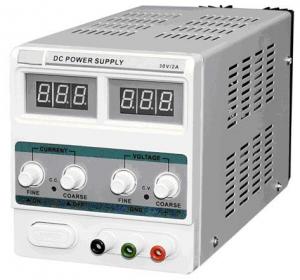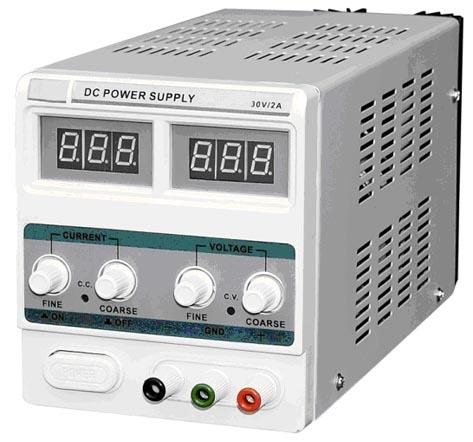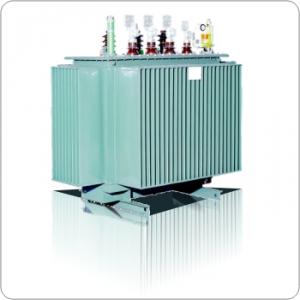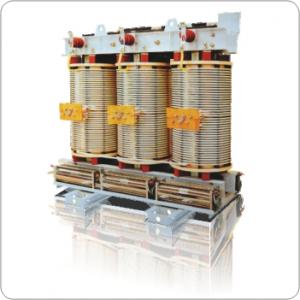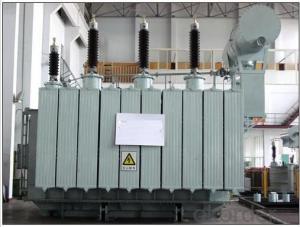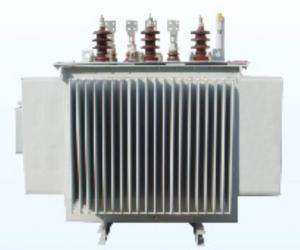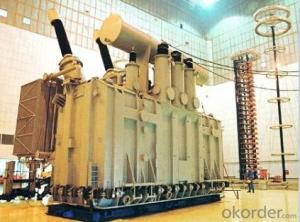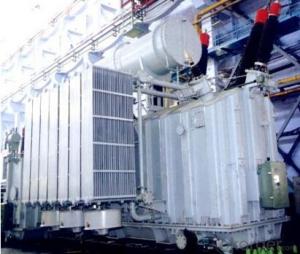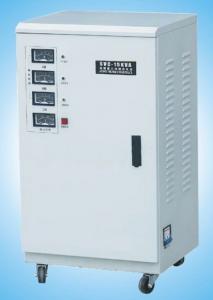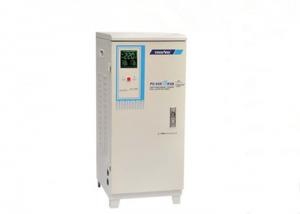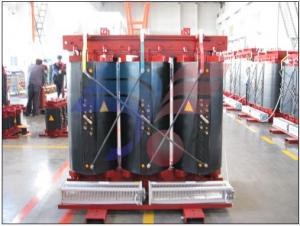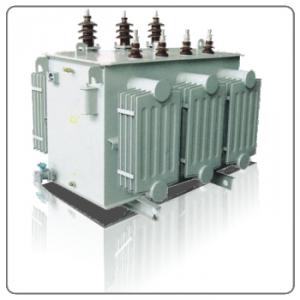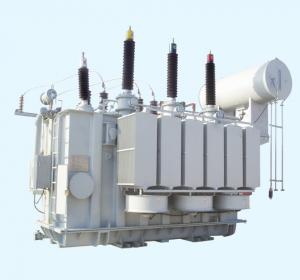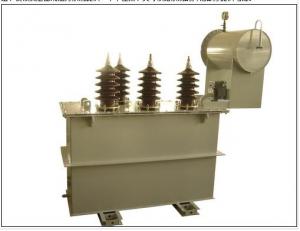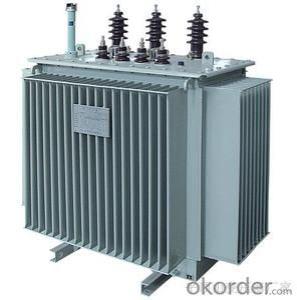SVC-D LCD Series Fully Automatic A.C. Voltage Regulator
- Loading Port:
- Shanghai
- Payment Terms:
- TT OR LC
- Min Order Qty:
- -
- Supply Capability:
- 10000pcs pc/month
OKorder Service Pledge
OKorder Financial Service
You Might Also Like
1. Summary
SVC-D Series AC automatic voltage regulator is the latest product studied and produced by ourselves. These products adopt 8 digits CPU control produced by the well-known MOTOROLA company, which can stabilize the precision and set up the delay time. The products also have many protection functions on delay, over-voltage invert-delay, lack voltage, over load invert-delay, lack voltage, over load, over temperature, machine malfunction and so on. They have digital display, blue-screen lightproof, dynamic panel display and it can show the working status of the machine. When the machine works abnormally, on the panel there is corresponding due and short or long warning.
| Specification | 0.5KVA,1KVA,1.5KVA,2KVA,3KVA,5KVA |
| Input Voltage | (1)AC 150V~250V (2)AC 70V~130V |
| Output Voltage | AC (1)220V (2)110V |
| Stabilization Precision | When 220V,±3% When 110V,±3% |
| Frequency | 50Hz,60Hz |
| Delay Time | Long:180s;Short:5s |
| Over-voltage Protection Value | (1)250V/5s delay; (2)275V/2s delay; (3)295V/1s delay; (4)305V/0s |
| Lack-voltage Protection Value | 180V/5s delay |
| Over-load Protection Value | 2.8times than rated capacity |
| Over-temperature Protection Value | 90oC |
| Load Capacity Factor | cos 0.9 |
| Regulating Time | When input varies 10%,less than 1s |
| Waveform Distrotion | No additional waveform distortion |
| Reactance Strength | 1500V/1min |
| Insulation Resistance | >5MΩ |
| Insulation Grade | E grade |
| Environment | Temperature:-10oC~+40oC Humidity:<90% |
- Q: For most consumer electronics, there'll be a transformer within the adaptor that converts AC to DC. For the basic of the transformer, I'll just assume it's just a primary coil running the secondary coil.So, the primary coil keeps on running at full power, as long as electricity is needed for the appliances. Does this mean that even on standby mode, the adaptor still takes in full power from the power socket?
- You are right. The value of a coil is measured in Henries and is determined by number of turns, size of wire, type of wire (commonly copper or aluminum). That is the reason you should not leave adapters and chargers plugged in. When not in use they should always be un plugged from power source.
- Q: What is the power transformer, what is the rectifier transformer
- Power transformers generally refers to the power of the Department of power supply transformers, transformers in the power grid are mostly power transformers. Rectifier transformers are designed for rectifier systems. Rectifier transformer function: 1. is the appropriate voltage to supply the rectifier system, 2. It is to reduce the pollution caused by the waveform distortion caused by the rectifier system.
- Q: I noticed that I haven't seen a female transformers, which leads to two possibilities, they were gay or asexual.
- or could asexually reproduce. eh, eh
- Q: We plant transformer plus a total of 16 million households, as a fixed asset depreciation, the financial should be a lot of years more reasonable, is the industrial enterprises, which knows the trouble to help me answer, thank you!
- Article 60 In addition to the provisions of the financial and taxation departments of the State Council, the minimum years for calculating depreciation shall be as follows: (A) houses, buildings, for 20 years; (B) aircraft, trains, ships, machinery, machinery and other production equipment for 10 years; (C) with the relevant utensils, tools, furniture, etc., for 5 years; (D) aircraft, trains, ships other than the means of transport for 4 years; (E) electronic equipment for 3 years. Tax law and the provisions of the age is basically the same is not a big difference, but the provisions of the tax law more intuitive Your company can choose according to the above I think is (b) The above is the minimum depreciation period stipulated by the enterprise. The enterprise can choose the appropriate depreciation period according to the actual situation (not lower than the minimum standard stipulated in the tax law). But not to say that the enterprise can arbitrarily extend the depreciation period according to the "hundred years" requirement to depreciate because it is compensation tax The shortest possible time to recover the expenditure to enhance the taxpayer's operating capacity
- Q: 440 volts should be as dangerous as 11,000 volts because a transformer does not dissipates power it just converts voltage into current, my question is if the power at the secondary region is the same why it is said that it is not as dangerous.
- I haven't a clue as to who told you that. The lower voltage would tend to hold you to the wires, where the higher voltage would push you away. The only real difference is that the higher voltage could arc to you, where the lower voltage at the same distance would not.
- Q: 110kv level, the capacity of about 43MVA transformer models and detailed parameters
- Now 110kV transformer capacity is generally 50MVA. Models are generally SZ9, SZ10.
- Q: A 120-V, 60-H air conductor is to be operated in a remote area where the voltage drop in the long transmission line results in a utilization voltage of 102-V. Determine:A) the required step-up voltage ratio for the satisfactory performance.B) The voltage ratio of a standard buck-boost transformer that most closely meets the requirements of the loadC) The voltage at the load with the buck-boost transformer installedD) Sketch the appropriate connection diagram and show the NEWM standard terminal markings
- I already answered this. First, what is satisfactory performance? Is the 102 volts the lowest the voltage reaches? I asked you this last time, and I still don't see an answer. If 102 is the lowest, than adding 10 volts is all you need, as that gets you 112 volts, and any 120 volt appliance will operate fine at 110 volts. A 120 to 12 volt transformer is easy to find, and with 102 volts input you will get 10 volts output, and added to 102 that gives you 112 volts, plenty to operate the AC. Parts of this question read like a homework problem, but parts don't such as the undefined term satisfactory performance, so which is it?
- Q: i study transformer and found calculation for pf for open/short circuit test. but the value is bit confusing.pf at open test: 0.182pf at short tets: 0.135what the value means??why we need that??
- The power factor and reactive volt-amperes are only important as intermediate steps to calculating the values of the transformer's equivalent circuit component values. The pf determined in the open circuit test is related to the magnetizing reactance and core loss resistance. The power factor determined in the short circuit test is related to the primary plus secondary leakage reactances and winding resistances. The equivalent circuit component values are needed for various transformer performance calculations and for calculating the influence of the transformer on the complete circuit. I don't believe that the open circuit and short circuit pf and VARs are used for anything once the equivalent circuit has been determined.
- Q: A 630 kVA, 11kV/400V transformer. Rp, Xp, Rs, Xs, Rc, and Xm are given. How to find secondary and primary? Do I need to calculate the total impedance referred to the primary and secondary or can I calculate currents without it?
- 630 Kva Transformer
- Q: 1.Transformers are normally used to step up or step down alternating voltage or current. May dc also be used to step up or step down voltage or current? Motivate your answer?2.The supply voltage of a step down transformer is 240 volts and the winding ratio is 4,8 : 1. If there are 2000 turns on the primary winding calculate:2.1) The number of turns on the secondary2.2) The primary current when the secondary current is 15 A3. Calculate the secondary voltage of a transformer with supply voltage of 415 volts, the winding ration is 36 : 14.Can an Autotransformer be used to step up pulsating dc current? Motivate your answer.
- 1.strictly NO.DC cannot be used at all to step up and step down using transformer if you read the working of transformer,it works on the principle of electromagnetic induction. i.e. it depends on change of flux with time. it can only happen in ac voltages not in dc ones because in dc the volatge is fixed but in ac it changes with time and flux and current are directly proportional. 2. 2.1)it is step down transformer. so number of turns in primaryno. of turns in secondary NpNs 4.8/12000/Ns Ns2000/4.8 Ns416.6777 but no of turns needs to be an integer so Ns417 (round off) 2.2)Ip/IsNs/Np IpIs*Ns/Np 15*2000/417 71.94A 3) 415/Vs36/1 Vs11.53V 4) Yes. such transfomers are called pulse transformers.
Send your message to us
SVC-D LCD Series Fully Automatic A.C. Voltage Regulator
- Loading Port:
- Shanghai
- Payment Terms:
- TT OR LC
- Min Order Qty:
- -
- Supply Capability:
- 10000pcs pc/month
OKorder Service Pledge
OKorder Financial Service
Similar products
Hot products
Hot Searches
